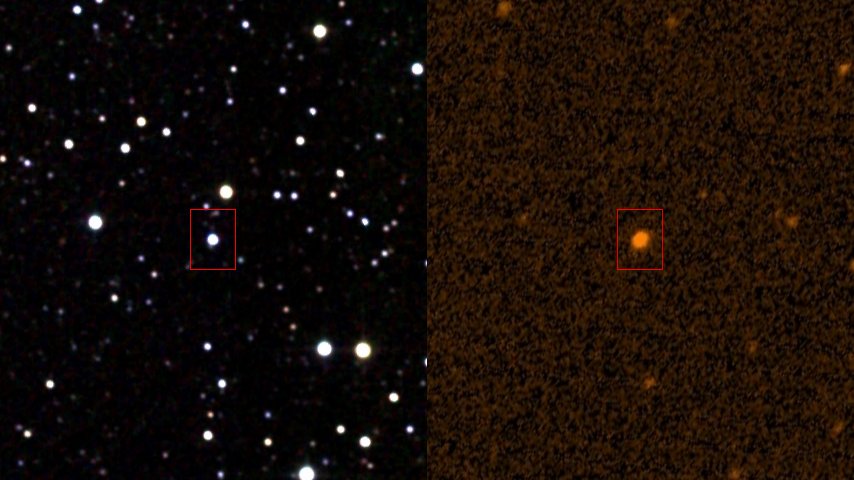MessageToEagle.com – A star called KIC 8462852 is one of the most mysterious objects in our Milky Way. Astronomers have monitored the star ever since its discovery in 2015 and no-one can explain its odd behavior. Also known as ‘Tabby’s star’ and ‘Boyajian’s star’, due to Tabetha Boyajian’s work analyzing it, this star is located 1,400 light years away.
KIC 8462852 has caused quite a stir in and beyond the astronomy community due to a series of rapid, unexplained dimming events. The latest findings from Carnegie’s Josh Simon and Benjamin Shappee and collaborators take a longer look at the star, going back to 2006—before its strange behavior was detected by NASA’s Kepler Space Telescope.
Astronomers had thought that the star was only getting fainter with time, but the new study shows that it also brightened significantly in 2007 and 2014. These unexpected episodes complicate or rule out nearly all the proposed ideas to explain the star’s observed strangeness.
Speculation to account for KIC 8462852’s dips in brightness has ranged from it having swallowed a nearby planet to an unusually large group of comets orbiting the star to an alien megastructure.
In general, stars can appear to dim because a solid object like a planet or a cloud of dust and gas passes between it and the observer, eclipsing and effectively dimming its brightness for a time. But even before this evidence of two periods of increased brightness in the star’s past, the erratic dimming periods seen in KIC 8462852 were unlike anything astronomers had previously observed.
KIC 8462852 as seen in infrared and ultraviolet.
Last year, Simon and Ben Montet (then at Caltech, now at University of Chicago), who is also a co-author on this current study, found that from 2009 to 2012, KIC 8462852 dimmed by almost 1 percent. Its brightness then dropped by an extraordinary 2 percent over just six months, remaining at about that level for the final six months of Kepler observations.
See also:
Strange Star Likely Swarmed By Comets
But the research team wanted to look at KIC 8462852 over a longer period of time. So, they went back and examined about 11 years of observing data from the All Sky Automated Survey (ASAS) and about two years of more-recent data from the high-precision All-Sky Automated Survey for Supernovae (ASAS-SN).
They found that the star has continued to dim since 2015 and is now 1.5 percent fainter than it was in February of that year. What’s more, they showed that in addition to the dimming the star has experienced from 2009 to 2013 and 2015 to now, it underwent two periods of brightening.
An inconspicuous star—KIC 8462852—harbors a great mystery. This ASAS-SN image is just a small portion of the sky, but shows how Tabby’s star is one of millions. Image courtesy of Benjamin Shappee.
“Up until this work, we had thought that the star’s changes in brightness were only occurring in one direction—dimming,” Simon explained. “The realization that the star sometimes gets brighter in addition to periods of dimming is incompatible with most hypotheses to explain its weird behavior.”
“An important next step will be to determine how the color of the star changes with time, especially during its brief dips in brightness,” added Shappee. “That information would help narrow down the possible explanations for why this star is doing such strange things.”
For example, if the dimming was caused by dust obscuring the star from us, then it would appear to get redder as it dimmed. But if large objects were blocking the star’s light, then no color change would be seen.
“We haven’t solved the mystery yet,” Simon concluded. “But understanding the star’s long-term changes is a key piece of the puzzle.”
MessageToEagle.com
Expand for references







